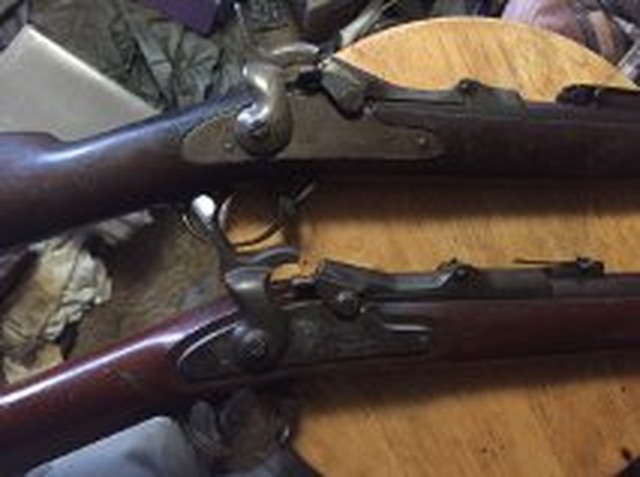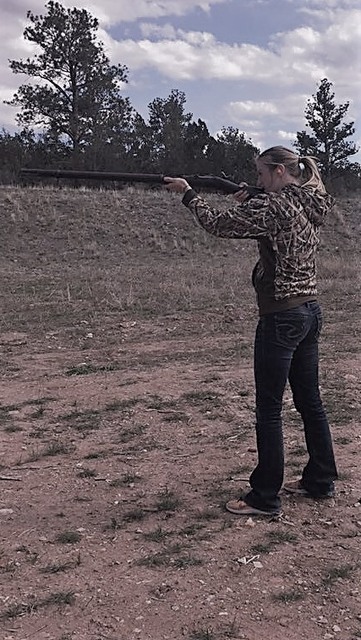Problems with the ammunition-sounds like the M-16 in 1967, no ?
Same root cause, unsuitable ammo. Much different in detail, but same end result, dead troops because of jammed rifles.
The Trapdoor Springfield was not cutting edge technology when adopted, but it matched or over matched its mostly likely opponents at the time. It was a breechloader!!!
There is always someone on the end of the military's upgrade list, and large numbers of Trapdoors were still in service with reserve units when the .30-40 Krag was the standard issue. Unfortunately, sometimes those units that are the last to get new rifles are not the last to be sent into combat.
(this appears to be a repeating thing during the 19th & 20th centuries)
I believe the basic load (carried on the body) for the Trapdoor armed trooper was 40 rnds.
I know that in 1942, we landed Marines on Guadalcanal, armed with 1903 Springfields, NOT M1 Garands (the current cutting edge tech), and their basic load was also 40 rnds. And, I have heard from people who were there, that those 40 rnds were expected to last them 2 weeks in combat!!
(this was, of course BEFORE combat was joined, and many lessons learned.)
Some units fought through the end of WWII combat with the bolt action Springfield, never getting the M1 Garand.
The M1 Garand armed troops carried more ammo as a basic load, 96rnds (again, it I remember right) a bandolier of a dozen 8rnd enbloc clips.
sorry for the drift, I just can't help but think of the people who I hear saying 7.62 NATO is too heavy 5.56mm is better, because of the weight, what would they think if they had to carry "only" 40 rnds of .45-70??


